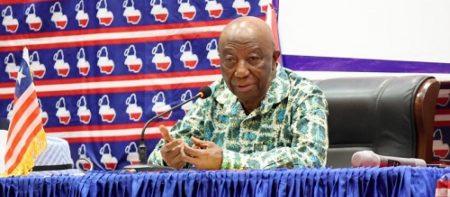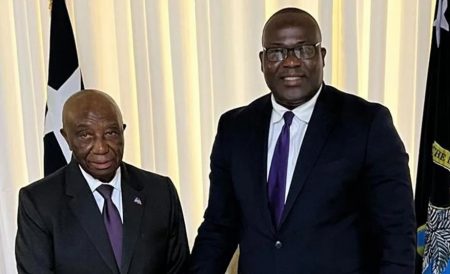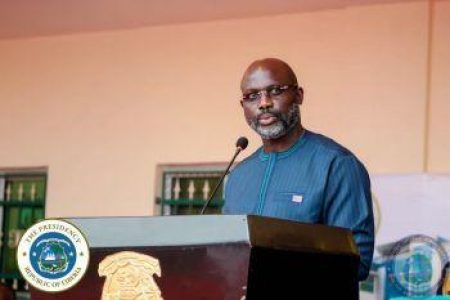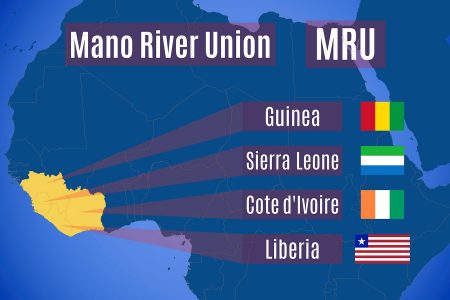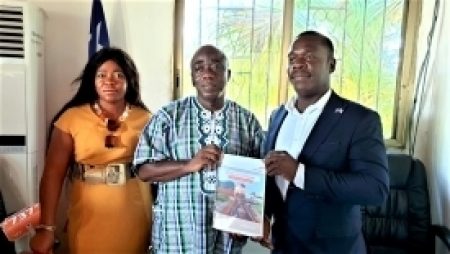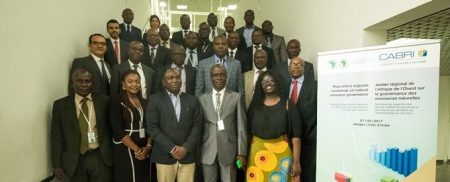This content is for Premium Subscribers only. To view this content, login below or subscribe as a Premium Subscriber.
Related News Articles
Liberia President Signs Order Establishing the National Railway Authority (NRA)
13 October 2024
West Africa, Liberia
2 min
African Development Bank Reaffirms Support For Liberia Under New Government
02 August 2024
West Africa, Liberia
1 min
ArcelorMittal Liberia Alarmed At Increase In Theft Of Rail Ties And Fasteners
22 October 2023
West Africa, Liberia
1 min
1 min
Liberia Establishes National Railway Authority
04 November 2022
West Africa, Liberia
6 min
Corridors Without Borders In West Africa
26 November 2021
West Africa, Sierra Leone
1 min
ArcelorMittal Liberia Submits Mineral Development Agreement Compliance Report
05 November 2021
West Africa, Liberia
1 min
ArcelorMittal Affirms Ongoing Commitment To Liberia
16 August 2019
West Africa, Liberia
2 min
1 min
